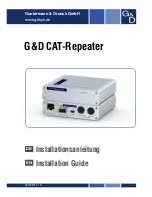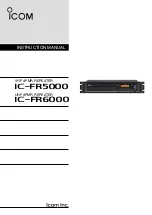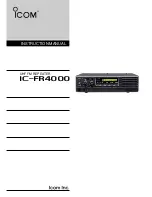
Rotating the wick control knob clockwise
turns the pinion at the other end of the wick
control shaft and causes the rack mounted
along the outer circumference of the wick
frame to turn. This results in the wick
being lifted to the top of the wick holder
assembly. As the wick rises, the torsion
spring mounted on the wick control shaft
is put under tension and compressed. The
wick can be contacted by the igniter when
in the full "up" position. It is held there
against the tension of the torsion spring by
the latch that engages the ratchet mounted
on the wick control shaft. Pressing the
manual shutoff lever downward releases the
latch, allowing the torsion spring to rapidly
lower the wick. The descent of the wick can
be slowed by lightly grasping the wick control
knob. Lowering the wick slowly in this
manner reduces the likelihood of a kerosene
odor.
FUNCTION OF THE AUTOMATIC SAFETY SHUTOFF DEVICE
The safety shutoff device is built into the wick raising and lowering mechanism. It is a primary safety
system in a kerosene heater. Its purpose is to prevent the spread of flame should a heater be accidentally
tipped over while in use.
It functions in the following manner. When the pendulum starts to swing because of a shock, it causes
the latch to be retracted from the wick control shaft ratchet. This permits the torsion spring to quickly
retract the wick to the fully lowered position. The resulting quick drop puts out the flame.
AUTOMATIC EXTINGUISHING MECHANISM
WICK-RAISING MECHANISM-
CONVECTION TYPE
Latch
Manual shutoff lever
Pendulum
Safety shut off device
Wick Control Shaft
Torsion Spring
Ratchet
-
10
-
NEVER LEAVE THE HEATER
UNATTENDED WHILE BURNING!
Ratchet
Latch
Wick Control Knob
Manual shutoff lever
Rack
Torsion
Spring
Pinion
Wick
Pendulum
Safety shut off device



































